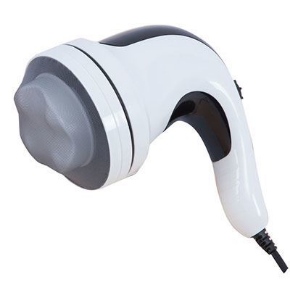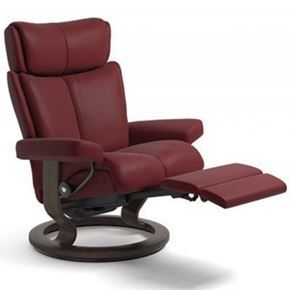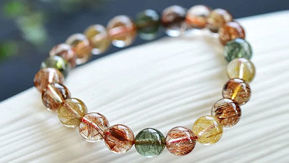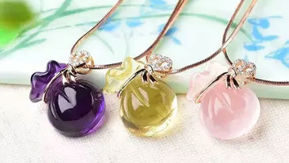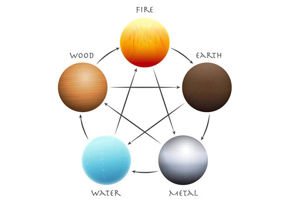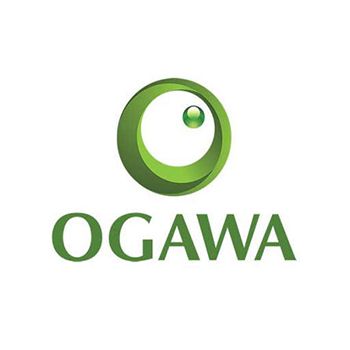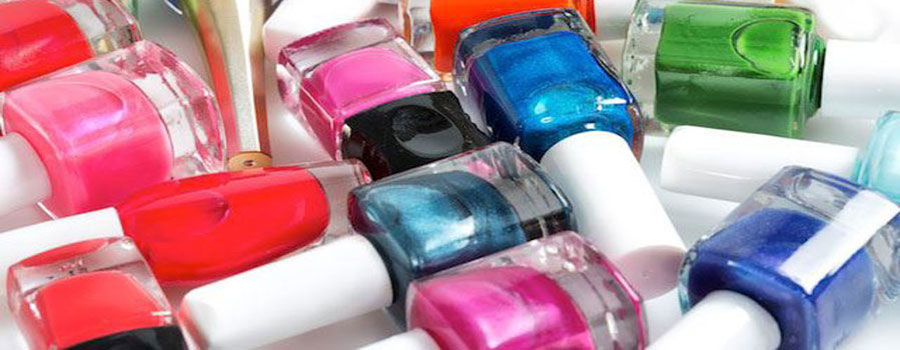
Nail decoration has been around for centuries in various forms. The Babylonians applied kohl to the nails and was originally used as a decoration by men only. In around 3000 BC, a form of varnish was used by the Chinese which was made from a mixture of gelatin, egg whites, congealed tree sap, and beeswax. The ancient Egyptians even used henna to stain their fingernails brown or dark red.
History highlighted the use of different approaches to adding color to the fingernails. Many of these cultures used it as a way to specify between royalty and the commoners. This was valid for ancient Chinese and Egyptian societies. Since then, the coloring of the nails continued all through the centuries.
The Chinese used a colored lacquer along with a formula of orchid, petals, and mashed rose combined with alum to their nails and left it overnight. These colors ranged from red to pink, red and black were also popular colors that have been used for centuries. During the Chou Dynasty, Chinese Royalty used authentic gold and silver on their nails.
From that point, the progress of nail polish was not really known. However, there are portraits of people in the 17th and 18th centuries with polished fingernails. In the 19th century, nails were painted with red scented oils, then buffed or polished to shine. Polishing through buffing was still the hottest trend amid those periods.
During the 1920s, nail polish started to gain popularity in Paris. At first, it wasn’t accepted by all and it was looked down upon by many. There were many stigmas attached to anyone wearing polish back then. Many people frowned upon women using nail polish. Yet, it was in Paris when nail polish began its rise in the public market. These unsatisfied individuals believed that the women using nail polish were trying to hide something. There were flaws discussed back then, such as flaws in the race and poor nails. No one wanted the results from dirty jobs.
The 1920s saw a lot of revolution in the cosmetic industry. Nails polish made with lacquer or synthetic were splashed with bright hues and this appearance made nail polish what it is today. It was seen on the runways of Paris. In fact, nail polish created fashion frenzy; however, not in a grand style. Several decades afterward, nail polish encountered a significant resistance, particularly from advocates for African-American rights.
While nail polish was on the rise, stylish women’s gloves were also gaining popularity. The Queen of England and other prominent women were often wearing gloves after using nail polish. The combination of these two phenomena’s was going on at the same time. But eventually, the cosmetic industry came on top and won the race.
The next revolution of nail polish came from the Revson brothers when they invented a new kind of nail enamel. This inspired the name of their company “Revlon”. A few years later, Charles Lachman, who happens to be the third partner, inspired the “L” in “Revlon”. The company used pigments instead of dye and this innovation changed the industry dramatically. This development allowed for new designs and colors to quickly be adapted. During the 1940s, the achievement instantly made Revlon an industry leader – this was so obvious that nail art was staying put.
In this modern era, various nail products that make nails colorful and beautiful are available. A variety of nail polish with sleek, flashy, and trendy shades produced with an array of textures and embellishments are taking over the Indian markets today. The Indian fashion market with creative arts and innovative nail accessories have created a niche in the cosmetic industry. The available nail accessories range from geometric patterns, tattoos, simple dots, abstracts, funky stickers, to the French manicure, swarovskis, portraits, stencil art, and other various options.
There are varieties of nail varnish that is available on the market today. There are those that are intended to make the fingernails longer and stronger. The different brands available in these polishes are now almost endless, and in the nearest future, we expect to see more innovation and development.
The most technologically advanced form of nail art is the use of computerized digital printers that print patterns and designs that would not be possible by hand. This technology is the future for nail art and will allow women to finally be able to afford any design of their choice. Like I said, this innovation is definitely the future for nail art and will allow women to be able to match their nails to their personality, sense of style, and even their wardrobes – this was never possible before.
The nail polish used today is a refined version of automobile paint. The original brittle formula was more suitable for the rigid surface of a car. However, with a slight modification of the chemical formula, nail polish is now more flexible on the surface of the fingernail and more suitable for the use any nail type. Further innovations and improvements have been made to the formula in order to improve its longevity and to make it more breathable when on the nails. It has also accounted for its resistance to chipping or scratching.
The innovations and improvements of the quality of nail polish have made it versatile. It makes the styles and possibilities available regardless of whatever it is being used for. In order to keep up with the modern day nail art, one must have skills and imagination on how to extend the usability and the users’ personality.







